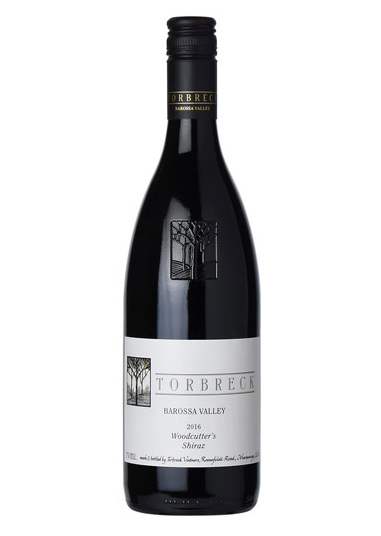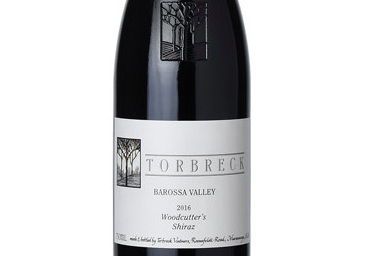When someone starts getting serious about wine they tend to start drinking more expensive, usually drier wines; wines with more acid and tannin. They choose wines more carefully. They throw around words like acid and tannin — and terroir, malolactic fermentation, biodynamic; you get the idea. Inevitably they will be called wine snobs or pretentious by friends who are less serious about wine. Wine is wine, after all, right? How much better is a $20 bottle than a $5 bottle? What about a $100 bottle? Can the so-called snob even tell the difference?
As someone who has been called a wine snob on occasion, that’s precisely the question I asked myself a few months ago. Do I really know the difference between a decent bottle and, say Two Buck Chuck? I decided to put myself and the wine club to the test. I selected a handful of wines for a blind tasting including Apothic Red (a wine I had encountered at parties and find undrinkable due to the sweetness) and well-known bargain wines I hadn’t tried in years (Charles Shaw, Yellow Tail) along with some decent Bottles* from a local wine shop which retailed for about $19 each. The intention was to put the bargain wines up against wines that were considered good, but not super expensive, high-end wines. Could we pick out the mass-production wines in a blind tasting? How would we rate them next to the other bottles? Would we actually prefer them? What if I found myself declaring Apothic Red, my favorite bottle of the night?
I’m sure there are many folks who would actually prefer Apothic Red. I know it’s a very popular wine and, of course, everyone’s taste is different. I find it cloying, which makes sense as I’ve read it is one of a number of wines made with additional sugar to play to the sweet-loving American palate. That doesn’t mean there’s no place for a wine like Apothic Red. Unless you grew up with wine snob parents like my friend, Jeanette, who at age seven commented that the sparkling wine she was allowed a sip of was no Veuve, you probably had a starter wine. A gateway wine, if you will. Most wine lovers probably started with something a little (or a lot) lighter and sweeter than what they drink now. I know I did.
I didn’t grow up in a family of wine snobs. We only had wine during the holidays. My earliest wine memories are of jug wines at Christmastime. I was allowed a sip here and there, and it tasted not unlike Welch’s grape juice. I also remember Boone’s Farm Tickle Pink and other super sweet, flavored “wines” of the 1970s. Later we moved on to Riunite on ice (that’s nice!) and chillin’ a Cella. Sometime in the late 80s, Martini & Rossi Asti Spumante became the go-to Christmas wine. It was fizzy, but it was definitely no Veuve. Right around the time I graduated from college I discovered white Zinfandel. Oh, how sophisticated I was. I brought it home for Christmas, and it was a hit!
I consider white Zin my gateway wine. It wasn’t just for holidays. It was what you drank with your friends after work or on weekends. It gave me the identity of “wine drinker.” Drinking white Zin led me to try other types of wine, and I eventually developed a taste for drier styles of wine. For me, things really shifted the first time I went wine tasting with my niece, who had a summer internship near Napa which allowed her to do a lot of wine tasting. As the two of us started getting into wine and bringing stuff we liked home for the holidays, our family’s wine tastes started to shift as well. I think some of them would still appreciate a wine like Apothic Red, but most are drinking drier, more interesting wines now.
Getting back to the wine club blind tasting. I need not have worried. Not only did I identify the Apothic Red as soon as I tasted it, but everyone else found it too sweet to drink as well. Usually, we’re not the type of wine club that does a lot of spitting and dumping, but the dump bucket actually had to be emptied that night. We also correctly identified the other two bargain wines in the lineup, with the Yellowtail smelling overwhelming like a vanilla candle and the Two Buck Chuck being the only one of the three anyone imagined they could actually drink.
I was pretty happy that we were indeed able to tell the difference between these wines. After all, if they all tasted the same, there would be little reason to have a wine club at all let alone ever pay more than a few dollars for a bottle. Our taste in wine does evolve over time, and even though I think any bottle that gets someone excited about wine is a good thing, it may not actually be good wine.
Cheers!
Helen
*The decent bottles in our tasting are listed below. The funny thing is that the Marietta is similar in style to the Apothic Red but was not only much better but also a dollar cheaper. The Torbeck was the favorite bottle of the night.
2014 Dashe Dry Creek Valley Zinfandel, $19.99
2016 Torbreck “Woodcutter’s” Shiraz Barossa Valley, $18.95
Marietta “Old Vine Red Lot #66” Red Blend, $11.99

